Home>Dining>Table Decor>What Style Was A Duncan Phyfe Table?
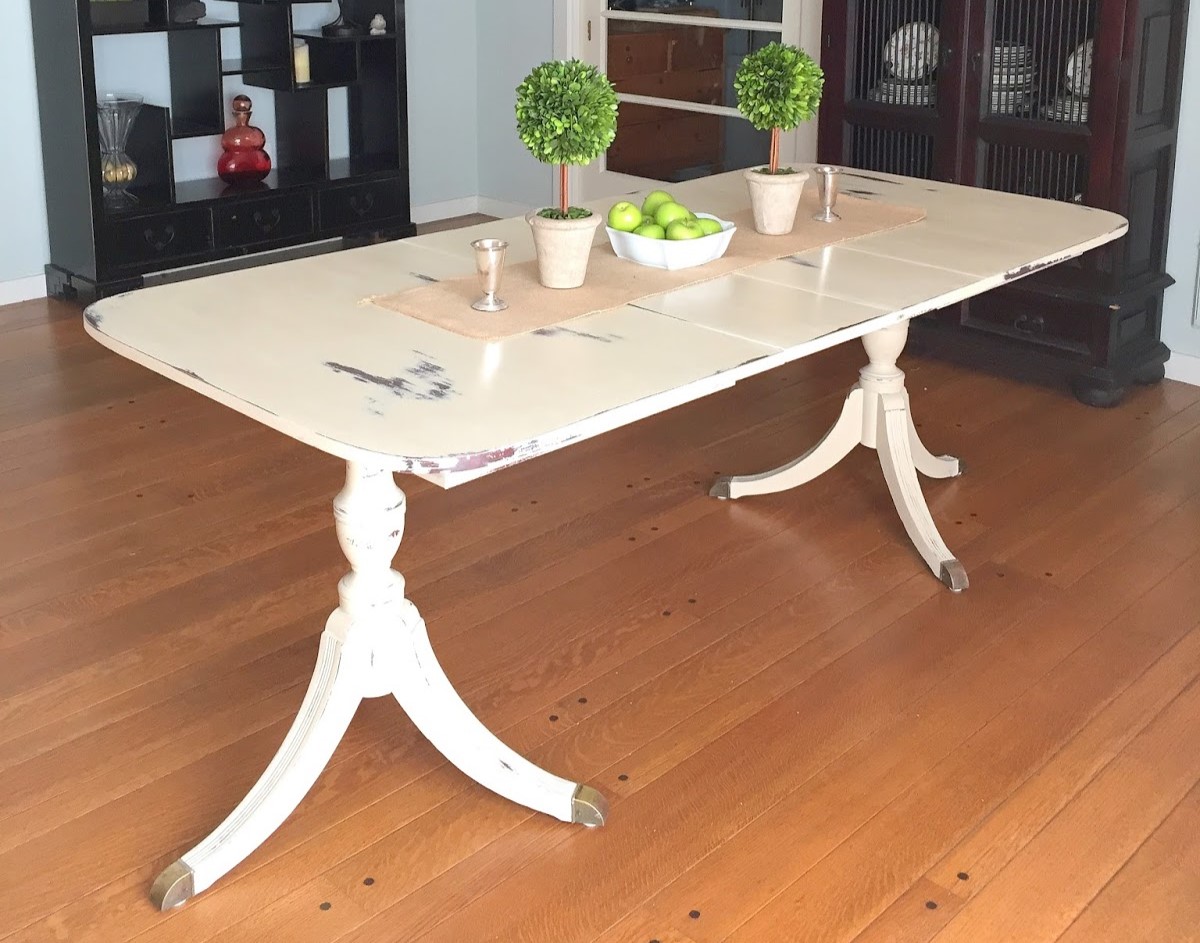

Table Decor
What Style Was A Duncan Phyfe Table?
Modified: January 9, 2024
Discover the timeless elegance of Duncan Phyfe tables and elevate your table decor with their iconic style. Explore the exquisite craftsmanship and sophisticated designs that make these tables a coveted addition to any home.
(Many of the links in this article redirect to a specific reviewed product. Your purchase of these products through affiliate links helps to generate commission for Storables.com, at no extra cost. Learn more)
Introduction
Welcome to the world of table decor, where every piece is meticulously crafted to enhance the beauty and functionality of your home. In this article, we will dive into the fascinating realm of Duncan Phyfe tables and explore the unique style and artistry behind these timeless pieces.
Duncan Phyfe, a renowned American furniture maker and designer of the late 18th and early 19th centuries, was a master of his craft. His tables, in particular, exemplify the elegance and craftsmanship that have made him an enduring figure in the world of furniture design.
Throughout this article, we will delve into the early life and training of Duncan Phyfe, his rise to prominence as a furniture maker, and the distinct characteristics that define his tables. We will also explore the influences that shaped Duncan Phyfe’s style, the materials and construction techniques he employed, and the popular designs and variations of his tables.
Finally, we will reflect upon the legacy and impact of Duncan Phyfe’s furniture, and how his creations continue to captivate and inspire furniture enthusiasts and collectors to this day.
Whether you are a lover of antique furniture or simply a seeker of timeless elegance, join us as we embark on a journey to unravel the allure of Duncan Phyfe tables.
Key Takeaways:
- Duncan Phyfe’s tables are characterized by graceful silhouettes, carved details, and the use of high-quality materials, setting a standard for excellence in table decor and inspiring future generations of furniture makers.
- Phyfe’s legacy lies not only in the physical pieces of furniture he created but also in the impact he had on subsequent generations of furniture makers, shaping the way we perceive and appreciate furniture as both functional and artistic.
Read more: What Is A Pub-Style Table?
Early Life and Training of Duncan Phyfe
Duncan Phyfe was born in 1768 in Loch Fannich, Scotland. At the age of ten, he emigrated to the United States with his family, settling in Albany, New York. Growing up in a family of craftsmen, Duncan was exposed to the art of furniture making from an early age.
As a young man, Duncan Phyfe apprenticed under the well-known cabinetmaker William Linn. During his apprenticeship, he honed his skills in woodworking, learning the intricacies of carving, joinery, and cabinet construction. Under Linn’s guidance, Phyfe gained a deep understanding of classical design principles and the importance of proportion and balance in furniture.
After completing his apprenticeship, Phyfe moved to New York City and opened his own furniture workshop in 1793. The city provided a bustling marketplace for his designs, and he quickly gained recognition for his exceptional craftsmanship and innovative style.
Phyfe’s early works reflected the neoclassical influence that was prevalent during the late 18th century. He incorporated classical motifs such as fluted legs, lyre-shaped supports, and acanthus leaf carvings into his designs. These elements exuded a sense of timeless elegance and sophistication.
During this period, Phyfe’s reputation grew, and he began attracting prominent clients, including wealthy merchants, politicians, and even members of the aristocracy. His furniture became highly sought after, and his workshop flourished.
It is worth noting that while Phyfe’s furniture had a distinctive style, he was also influenced by the prevailing design trends of the time. He adapted his work to suit the changing tastes of his clients, incorporating Regency and Empire styles into his designs as these became popular in the early 19th century.
Overall, the early life and training of Duncan Phyfe laid a solid foundation for his remarkable career as a furniture maker. His upbringing in a family of craftsmen, his apprenticeship, and his exposure to classical design principles all shaped his unique style and set him on a path to become one of America’s most celebrated furniture makers.
Rise to Prominence as a Furniture Maker
After establishing his workshop in New York City, Duncan Phyfe quickly gained a reputation for his exceptional craftsmanship and innovative designs. His furniture stood out for its impeccable construction, attention to detail, and timeless elegance.
Phyfe’s success can be attributed to several factors. Firstly, his ability to adapt to the changing tastes of his clients played a significant role. As the neoclassical style began to wane in popularity, Phyfe seamlessly incorporated the emerging Regency and Empire styles into his designs, catering to the evolving preferences of his affluent clientele.
Secondly, his furniture was not only visually appealing but also highly functional. Phyfe had a keen understanding of ergonomics and the practical needs of his clients. His tables, for example, were crafted with sturdy construction and ample surface area to accommodate elaborate dining settings or provide ample workspace.
Phyfe’s knack for combining elegance with functionality made his furniture sought after among the elite of New York City. It wasn’t long before his clientele expanded beyond the city limits, with orders coming in from other parts of the country, including the Southern states.
Another factor that contributed to Phyfe’s rise to prominence was his ability to attract talented craftsmen to his workshop. He recognized the importance of collaborating with skilled artisans and hired the finest carvers, gilders, and upholsterers to work alongside him. Together, they crafted exquisite pieces that pushed the boundaries of design and craftsmanship.
Phyfe’s attention to detail and commitment to quality earned him accolades and recognition. In 1802, he was appointed as the cabinetmaker to the influential Society of Mechanics and Tradesmen in New York City. This prestigious title further solidified his reputation as a master craftsman and helped to attract even more clients to his workshop.
By the early 19th century, Duncan Phyfe had become the preeminent furniture maker in the United States. His name was synonymous with elegance and sophistication. His creations adorned the homes of the wealthy and powerful, including notable figures like President Thomas Jefferson.
Throughout his career, Phyfe continued to innovate and refine his designs. He drew inspiration from various sources, including architectural elements, European furniture designs, and the beauty of nature. His ability to blend different styles and create harmonious pieces set him apart from his contemporaries.
Phyfe’s rise to prominence as a furniture maker was a testament to his talent, craftsmanship, and entrepreneurial spirit. His ability to adapt to changing tastes, create functional yet beautiful designs, and collaborate with skilled artisans propelled him to become a household name and a key figure in American furniture history.
Characteristics of Duncan Phyfe Tables
Duncan Phyfe tables are renowned for their elegance, sophistication, and attention to detail. They exemplify the craftsmanship and design principles that made Phyfe one of the most celebrated furniture makers of his time. Here are some key characteristics that define Duncan Phyfe tables:
- Graceful Silhouettes: Duncan Phyfe tables are known for their graceful and balanced proportions. The table legs often feature delicate fluting, which adds a sense of refinement. Whether round, square, or rectangular, Phyfe’s tables exhibit a sense of harmonious design that complements any space.
- Carved Details: Carved details are a hallmark of Duncan Phyfe tables. Acanthus leaf motifs, classic Greek key patterns, and intricate rosettes are commonly found adorning the legs and aprons of his tables. These decorative elements showcase Phyfe’s mastery of classical ornamentation.
- Choice of Wood: Phyfe mainly used mahogany as the primary wood for his tables. Mahogany was prized for its deep reddish-brown hue, durability, and fine grain. The rich color of the wood added to the overall luxurious aesthetic of his furniture.
- Flame Mahogany Veneer: To enhance the visual appeal of his tables, Phyfe often employed flame mahogany veneer. This technique involved applying thin slices of mahogany with a distinctive flame-like pattern onto the table surfaces. The result was a striking and visually captivating effect.
- Subtle Inlay Work: Phyfe sometimes incorporated subtle inlay work into his tables, adding a touch of refinement. Geometric patterns or delicate stringing made of contrasting wood were meticulously integrated into the table surfaces, showcasing his attention to intricate details.
- Swag and Tassel Motifs: One of Phyfe’s signature design elements was the use of swag and tassel motifs. These decorative details, often carved or gilded, adorned the aprons of his tables. They added a touch of opulence and served as a visual focal point.
Together, these characteristics create a distinct style that is immediately recognizable as Duncan Phyfe. His tables combine classical inspiration with refined craftsmanship, resulting in timeless pieces that exude luxury and sophistication. Whether used as dining tables, console tables, or center tables, Duncan Phyfe tables elevate any interior space with their beauty and elegance.
Influences on Duncan Phyfe’s Style
Duncan Phyfe was greatly influenced by the design trends and artistic movements of his time. His style evolved and adapted as he sought inspiration from various sources. Here are some of the key influences on Duncan Phyfe’s style:
- Neoclassical Movement: Phyfe’s early works reflected the neoclassical influence that was dominant during the late 18th century. Inspired by the classical art and architecture of ancient Greece and Rome, he incorporated elements such as fluted legs, lyre-shaped supports, and acanthus leaf carvings into his designs. These classical motifs added a sense of timeless elegance and sophistication to his furniture.
- Regency Style: As the neoclassical style began to wane in popularity, Phyfe adapted to the emerging Regency style. This style was characterized by more restrained ornamentation and a focus on clean lines and symmetry. Phyfe incorporated Regency influences into his designs, incorporating simpler and more streamlined forms while still maintaining a sense of grandeur.
- Empire Influence: The Empire style, which originated in France under Napoleon’s reign, also left an impact on Duncan Phyfe’s designs. This style featured bold and monumental forms, with motifs inspired by ancient Egypt and the Napoleonic reign. Phyfe incorporated Empire elements such as animal paw feet, classical symbols, and intricate carvings into his tables, infusing them with a sense of opulence and grandeur.
- Architectural Inspiration: Phyfe drew inspiration from architectural elements in his designs. He studied the work of influential architects, both classical and contemporary, incorporating architectural motifs into his furniture. The columns, arches, and other architectural details found in his tables reflect his admiration for architectural craftsmanship.
- European Influences: Phyfe also looked to European furniture designs for inspiration. He studied pieces from English and French furniture makers, adapting and incorporating elements into his own creations. This cross-pollination of design ideas allowed him to infuse his furniture with a blend of European sophistication and American craftsmanship.
- Nature’s Beauty: Nature played a significant role in influencing Phyfe’s style. He drew inspiration from the natural world around him, incorporating motifs such as leaves, flowers, and swags into his designs. These organic elements added a touch of whimsy and grace to his furniture.
These diverse influences shaped Duncan Phyfe’s style and set his furniture apart from his contemporaries. By blending classical elegance, architectural elements, and a touch of European flair, Phyfe created a unique aesthetic that continues to be admired and sought after today.
Look for characteristics such as straight lines, delicate proportions, and classical motifs to identify a Duncan Phyfe table. Also, check for the use of high-quality mahogany wood and expert craftsmanship.
Read more: What Is The Style Of A Pedestal Table?
Materials and Construction Techniques Used by Duncan Phyfe
Duncan Phyfe was not only known for his artistic designs but also for his exceptional craftsmanship and attention to detail. He utilized high-quality materials and employed various construction techniques to create furniture of lasting beauty and durability. Here are the key materials and construction techniques used by Duncan Phyfe:
- Mahogany: Phyfe predominantly used mahogany as the primary wood for his furniture, particularly his tables. Mahogany was cherished for its rich color, fine grain, and durability. The deep reddish-brown hues of the wood added to the overall luxurious aesthetic of his pieces.
- Flame Mahogany Veneer: To introduce an exquisite visual element, Phyfe often applied flame mahogany veneer to the surfaces of his tables. This technique involved affixing thin slices of mahogany with a distinct flame-like pattern onto the tabletops. The result was a captivating and visually stunning effect that enhanced the overall elegance of his furniture.
- Carving and Ornamentation: Phyfe’s furniture featured intricate carvings and decorative elements. Skilled carvers in his workshop meticulously carved acanthus leaf motifs, classical Greek key patterns, and rosettes. These ornate details added depth and beauty to his furniture.
- Joinery: Phyfe employed traditional joinery techniques to ensure the structural integrity of his tables. Mortise and tenon joints were commonly used to connect table legs to the aprons, providing stability and strength. Dovetail joints were used in drawer construction for added durability.
- Gilding: To add opulence and highlight certain design elements, Phyfe incorporated gilding into his tables. Gold leaf or gold paint was meticulously applied to carvings, moldings, and other decorative features, creating a luxurious and eye-catching effect.
- Elegant Proportions: Phyfe’s tables were meticulously designed with a focus on elegant proportions. They featured balanced silhouettes and well-proportioned elements, ensuring a visually pleasing and harmonious overall appearance.
- Attention to Detail: Phyfe had a keen eye for detail, and this was evident in the construction of his tables. Meticulous attention was given to the smallest elements, from the smoothness of the surfaces to the precision of the carvings. This meticulous approach ensured that each table was a work of art.
- Functional Design: While Phyfe’s tables were undoubtedly aesthetically pleasing, they were also designed with functionality in mind. He considered the practical needs of his clients, ensuring that his tables provided ample surface area and sturdy construction to accommodate various uses, whether for dining, writing, or display.
By utilizing top-quality materials and employing meticulous construction techniques, Duncan Phyfe created tables of exceptional quality and enduring beauty. His dedication to craftsmanship and his commitment to detail have made his furniture highly coveted and revered to this day.
Popular Designs and Variations of Duncan Phyfe Tables
Duncan Phyfe’s tables were highly diverse in design, showcasing his versatility as a furniture maker. He created a range of styles and variations to cater to different tastes and needs. Here are some popular designs and variations of Duncan Phyfe tables:
- Drop-leaf Tables: One of Phyfe’s popular designs was the drop-leaf table. These tables featured hinged leaves on either side that could be easily folded down to save space when not in use. This versatile design allowed for customization based on the size of the gathering or the available space.
- Pedestal Tables: Pedestal tables became a signature design of Duncan Phyfe. These tables featured a central column or pedestal as the base, supporting the tabletop. The pedestal design not only added stability but also offered flexibility in seating arrangements as it eliminated the need for legs at the corners.
- Double Pedestal Tables: To accommodate larger gatherings and provide maximum support, Duncan Phyfe also created double pedestal tables. These tables featured two pedestals at either end, offering enhanced stability and an increased seating capacity. Double pedestal tables were often rectangular in shape, making them ideal for formal dining settings.
- Revolving Tables: Phyfe’s innovative revolving tables allowed for easy access to various utensils or items placed on the tabletop. The table could be turned, allowing diners to reach condiments or serving dishes without having to disrupt the table setting. Revolving tables were particularly popular for formal dining occasions.
- Console Tables: Phyfe’s console tables were designed for both decorative and functional purposes. They were typically narrower and more elongated, making them suitable for placement against walls or in entryways. Console tables often featured delicate carved details, such as swags and tassels, making them an exquisite addition to any living space.
- Coffee Tables: While coffee tables were not commonly used during Duncan Phyfe’s era, he is credited with creating some of the earliest examples. His coffee tables featured smaller dimensions and lower heights, making them ideal for informal gatherings or as a centerpiece in a sitting area. These tables often incorporated elegant design elements, including intricate carvings or inlaid details.
- Work Tables: Duncan Phyfe also designed work tables that served both practical and decorative purposes. These tables featured drawers, compartments, or hidden compartments that offered storage space for writing materials, sewing supplies, or other small items. Work tables were designed with functionality in mind, often accompanied by elegant ornamentation.
These are just a few examples of the popular designs and variations of Duncan Phyfe tables. Whether it was a drop-leaf table for versatility, a revolving table for convenience, or a pedestal table for grandeur, Phyfe’s designs catered to a wide range of needs and preferences. Each piece encapsulated his signature style, combining exquisite craftsmanship with timeless elegance.
Legacy and Impact of Duncan Phyfe’s Furniture
The furniture crafted by Duncan Phyfe has left an indelible mark on the world of design and continues to be celebrated for its beauty, craftsmanship, and enduring style. His work has had a profound impact on furniture-making traditions and continues to inspire artisans, collectors, and enthusiasts alike. Here is a closer look at the legacy and impact of Duncan Phyfe’s furniture:
- Enduring Style: Duncan Phyfe’s furniture embodies timeless elegance. His designs seamlessly blend classical inspiration, architectural elements, and innovative craftsmanship. This enduring style has stood the test of time, making Phyfe’s pieces highly sought after by collectors and admired by interior designers.
- Innovation in Design: Phyfe’s furniture was marked by his innovative approach to design. He continually adapted his style to reflect the changing preferences of his clientele. He incorporated influences from neoclassical, Regency, and Empire styles, creating unique and harmonious pieces that remain relevant and visually stunning.
- Recognition in His Lifetime: Duncan Phyfe achieved remarkable success and recognition during his lifetime. His furniture was highly esteemed by prominent figures of his time, including President Thomas Jefferson. He earned prestigious titles, such as cabinetmaker to the Society of Mechanics and Tradesmen, solidifying his position as a master craftsman.
- Influential Figures and Patrons: Phyfe’s furniture attracted influential patrons, including wealthy merchants, politicians, and members of the aristocracy. These prominent individuals displayed his pieces in their homes, further enhancing his reputation and exposing his work to a wider audience. The influence of his furniture spread beyond New York City to other parts of the country.
- Revival and Recognition: Following a period of decline in popularity, Duncan Phyfe experienced a revival in the mid-20th century. Collectors and scholars rediscovered the beauty and craftsmanship of his furniture, leading to a renewed appreciation for his work. Today, his pieces are highly sought after at auctions and command high prices in the antique furniture market.
- Inspiring Future Generations: Duncan Phyfe’s furniture continues to inspire future generations of furniture-makers and designers. His attention to detail, meticulous craftsmanship, and innovative design approach serve as a benchmark for excellence in the field. His work serves as a source of inspiration for those seeking to create furniture that seamlessly blends style, functionality, and timeless beauty.
The legacy and impact of Duncan Phyfe’s furniture are evident in the lasting admiration and reverence for his work. His pieces have become iconic symbols of craftsmanship and design excellence. The influence he had on the American furniture-making tradition cannot be overstated, and his designs continue to captivate and inspire furniture enthusiasts around the world.
Conclusion
Duncan Phyfe’s contributions to the world of table decor and furniture design are immeasurable. His impeccable craftsmanship, innovative designs, and attention to detail have made him a revered figure in the history of American furniture-making.
From his early years as an apprentice to his rise to prominence as a master furniture maker, Phyfe’s journey was marked by a commitment to excellence and a passion for creating pieces of enduring beauty. His tables, in particular, showcase his artistic vision, blending classical influences with his own unique style.
Phyfe’s legacy lies not only in the physical pieces of furniture he created but also in the impact he had on subsequent generations of furniture makers. His innovative designs and meticulous craftsmanship continue to inspire artisans and designers today, shaping the way we perceive and appreciate furniture as both functional and artistic.
The characteristics of Duncan Phyfe tables, such as graceful silhouettes, carved details, and the use of high-quality materials, have set a standard for excellence in table decor. His ability to adapt to changing design trends and his dedication to creating both visually stunning and functional pieces have solidified his position as a master of his craft.
Phyfe’s furniture is not only admired for its beauty but also treasured for its historical significance. His tables are cherished by collectors and sought after by those who appreciate the artistry and craftsmanship of a bygone era. The revival and recognition of his work in recent years further attest to the lasting impact of his furniture.
In conclusion, Duncan Phyfe’s remarkable talent, unwavering passion, and innovative approach to furniture design have left an indelible mark on the world of table decor. His legacy continues to inspire, influence, and captivate those who appreciate the timeless elegance and beauty of his creations. Whether displayed in grand homes or cherished as treasured heirlooms, Duncan Phyfe tables will always be celebrated as icons of exceptional craftsmanship and timeless style.
Frequently Asked Questions about What Style Was A Duncan Phyfe Table?
Was this page helpful?
At Storables.com, we guarantee accurate and reliable information. Our content, validated by Expert Board Contributors, is crafted following stringent Editorial Policies. We're committed to providing you with well-researched, expert-backed insights for all your informational needs.
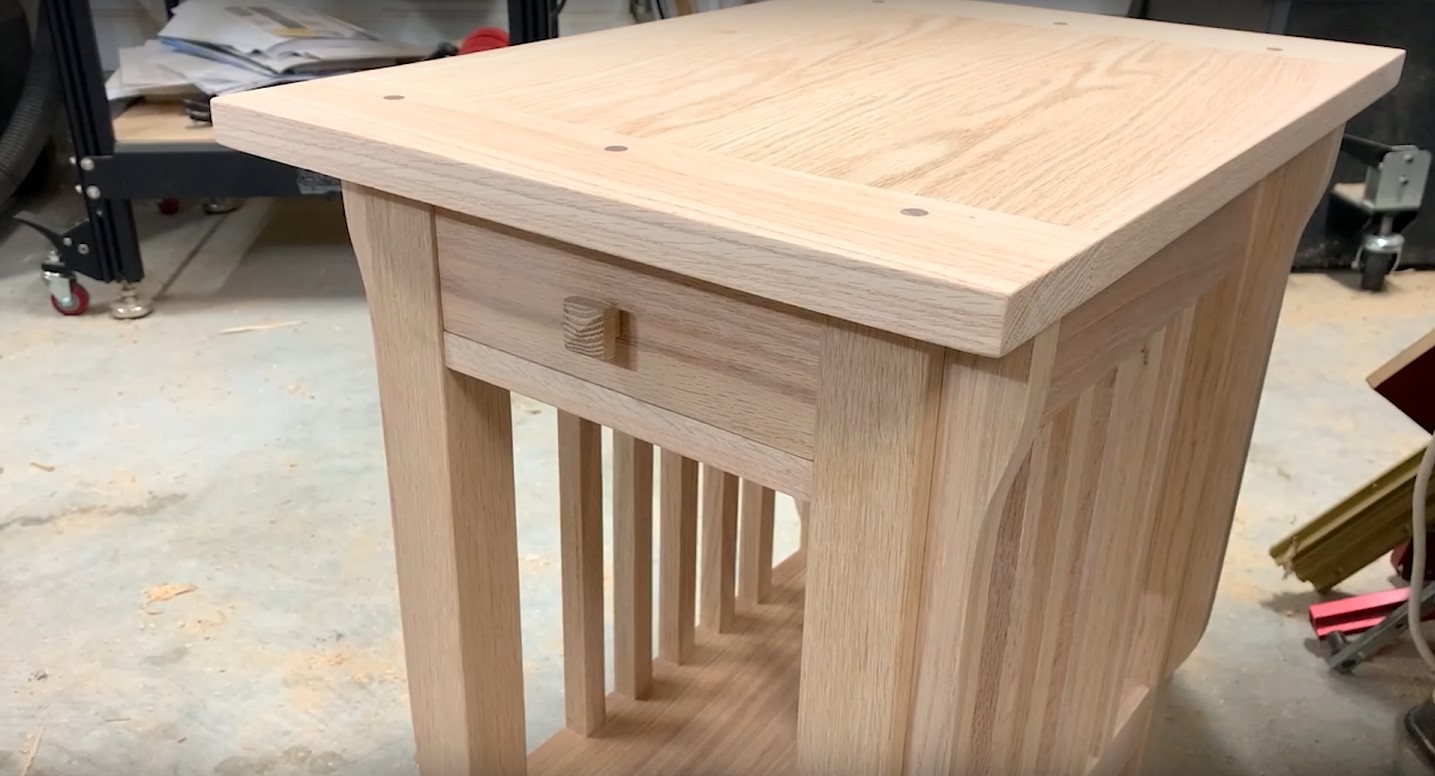
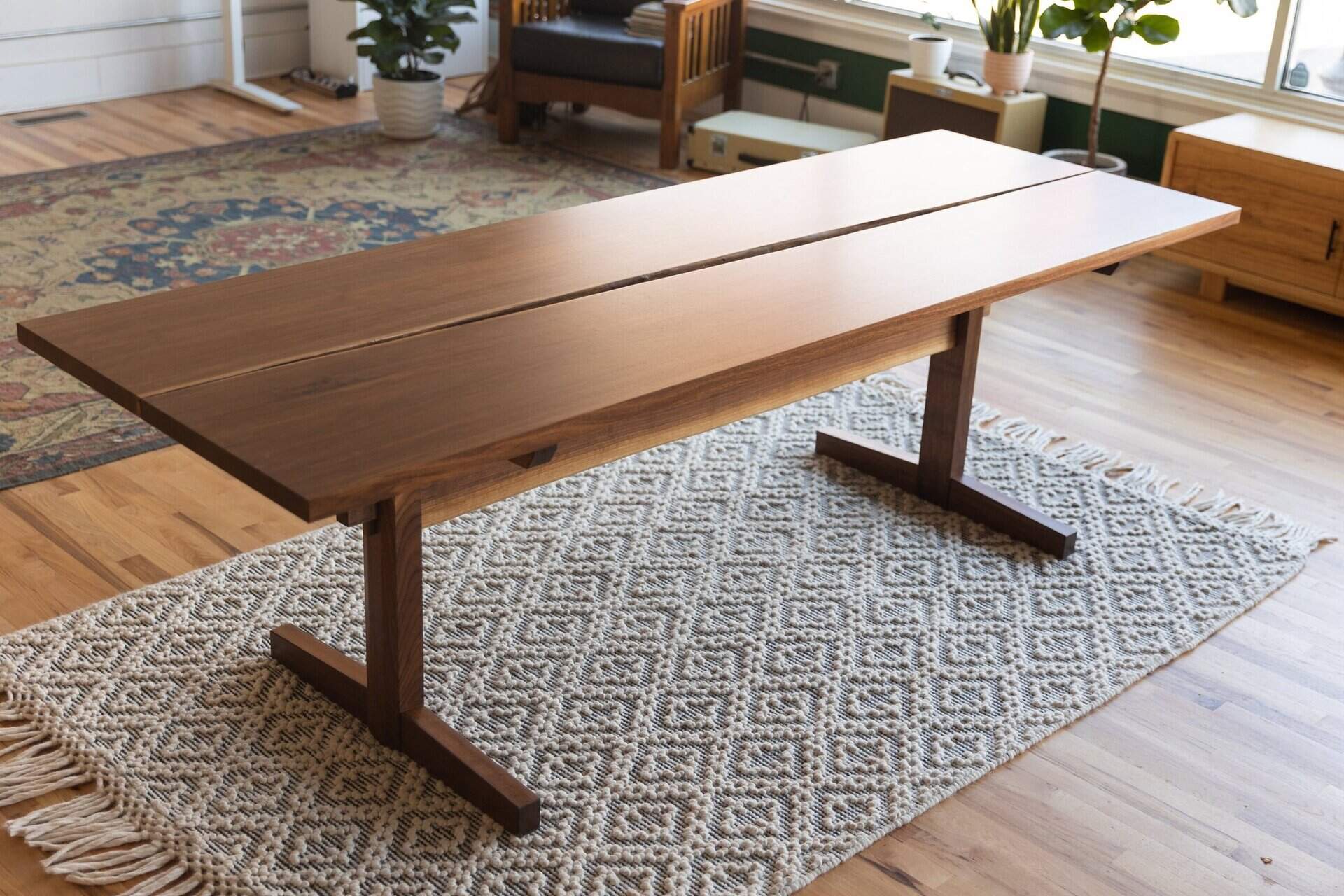
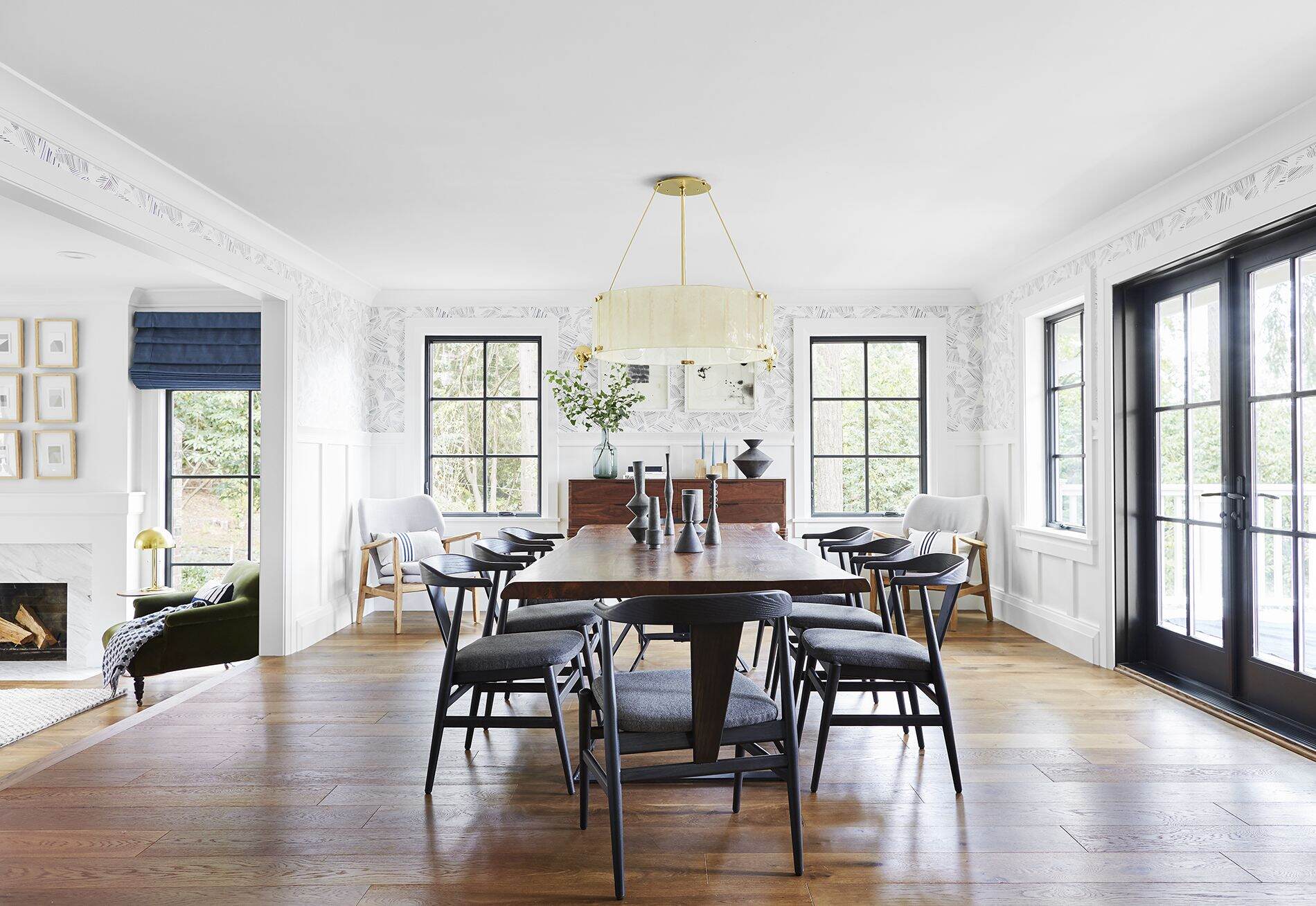
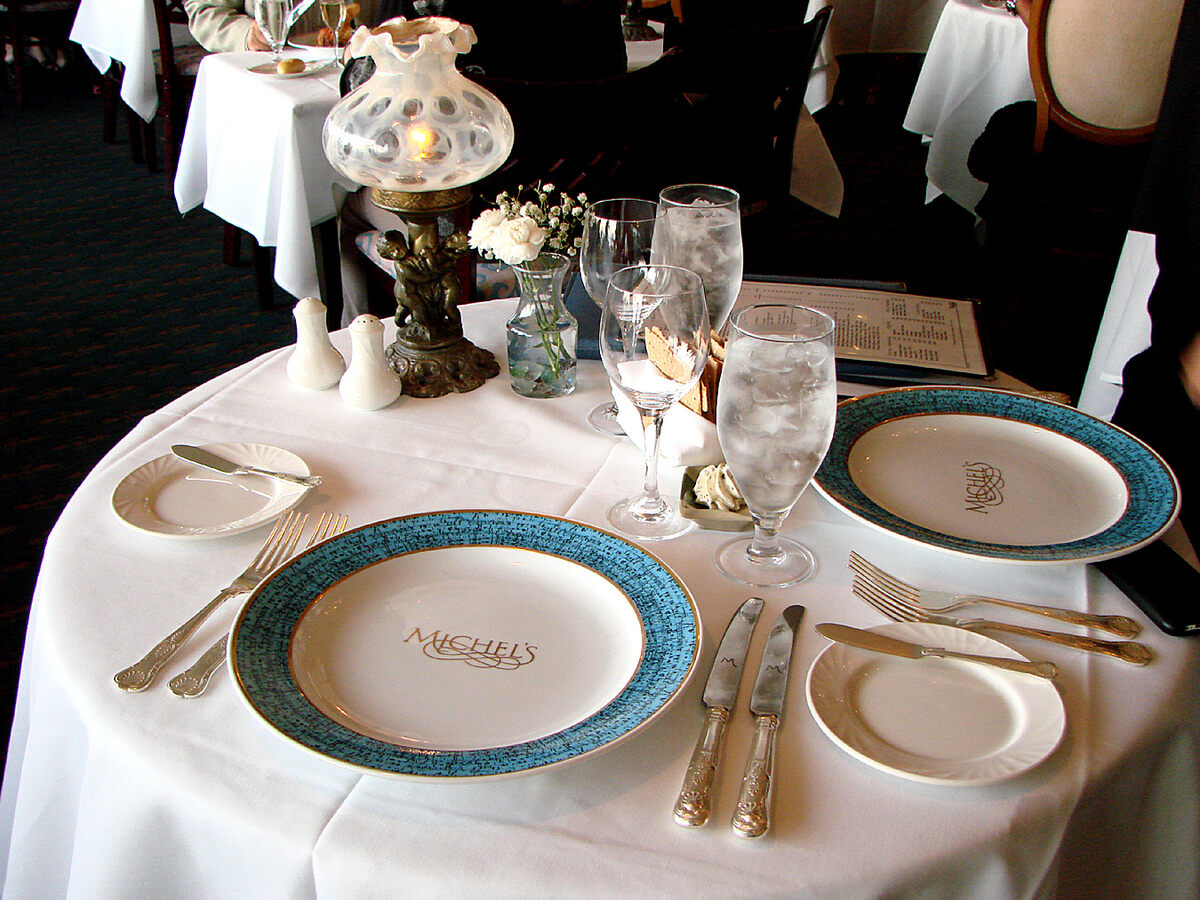
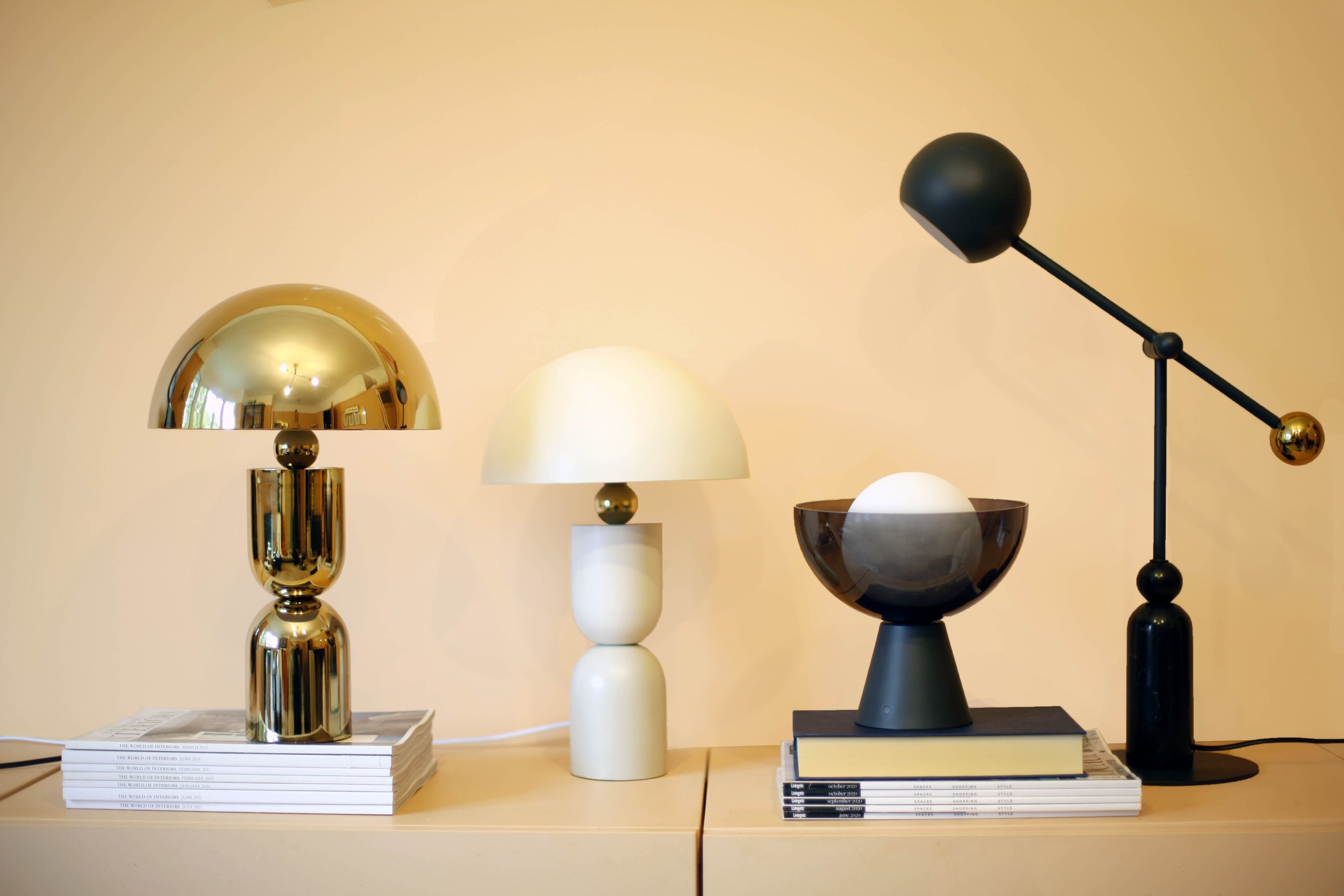
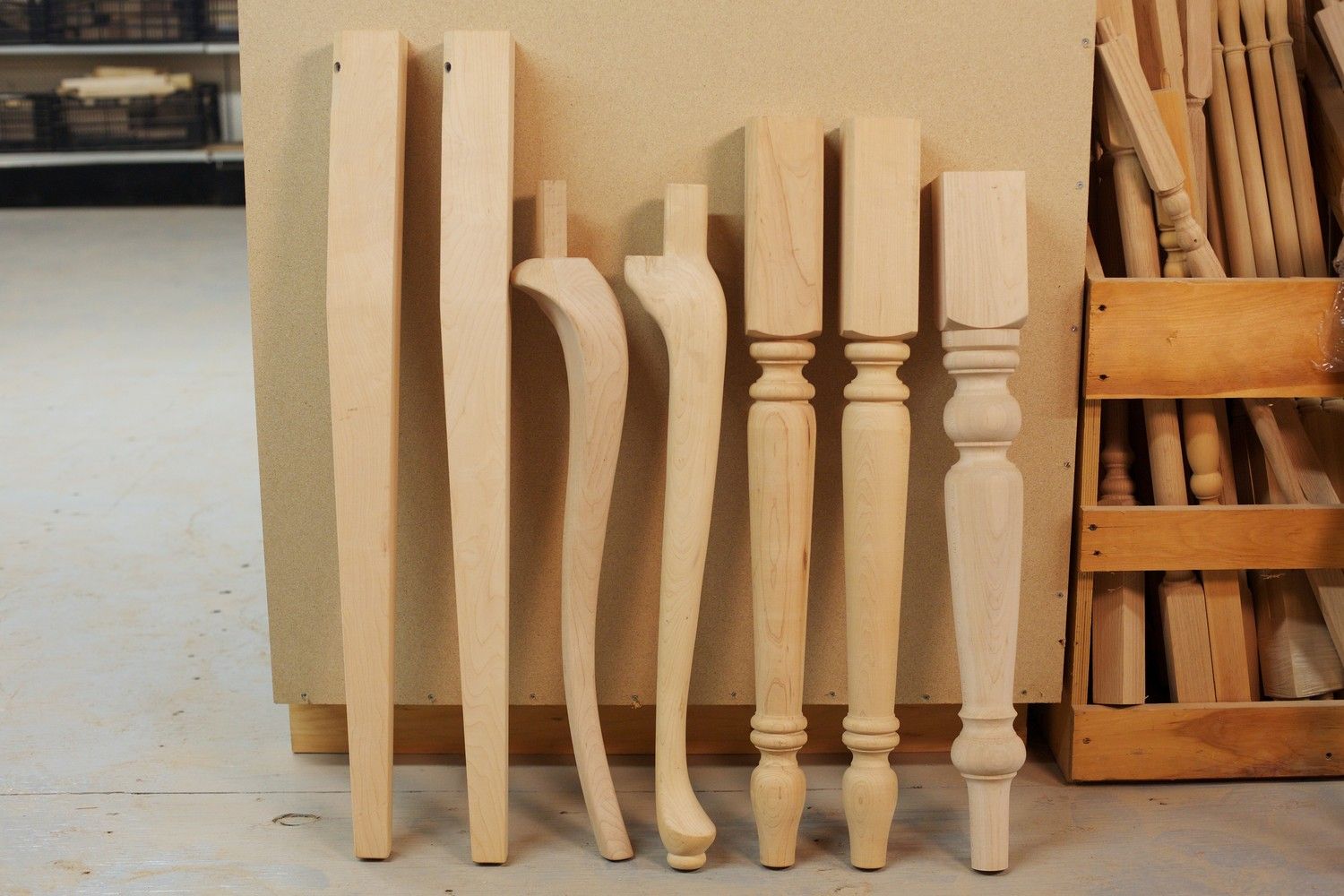
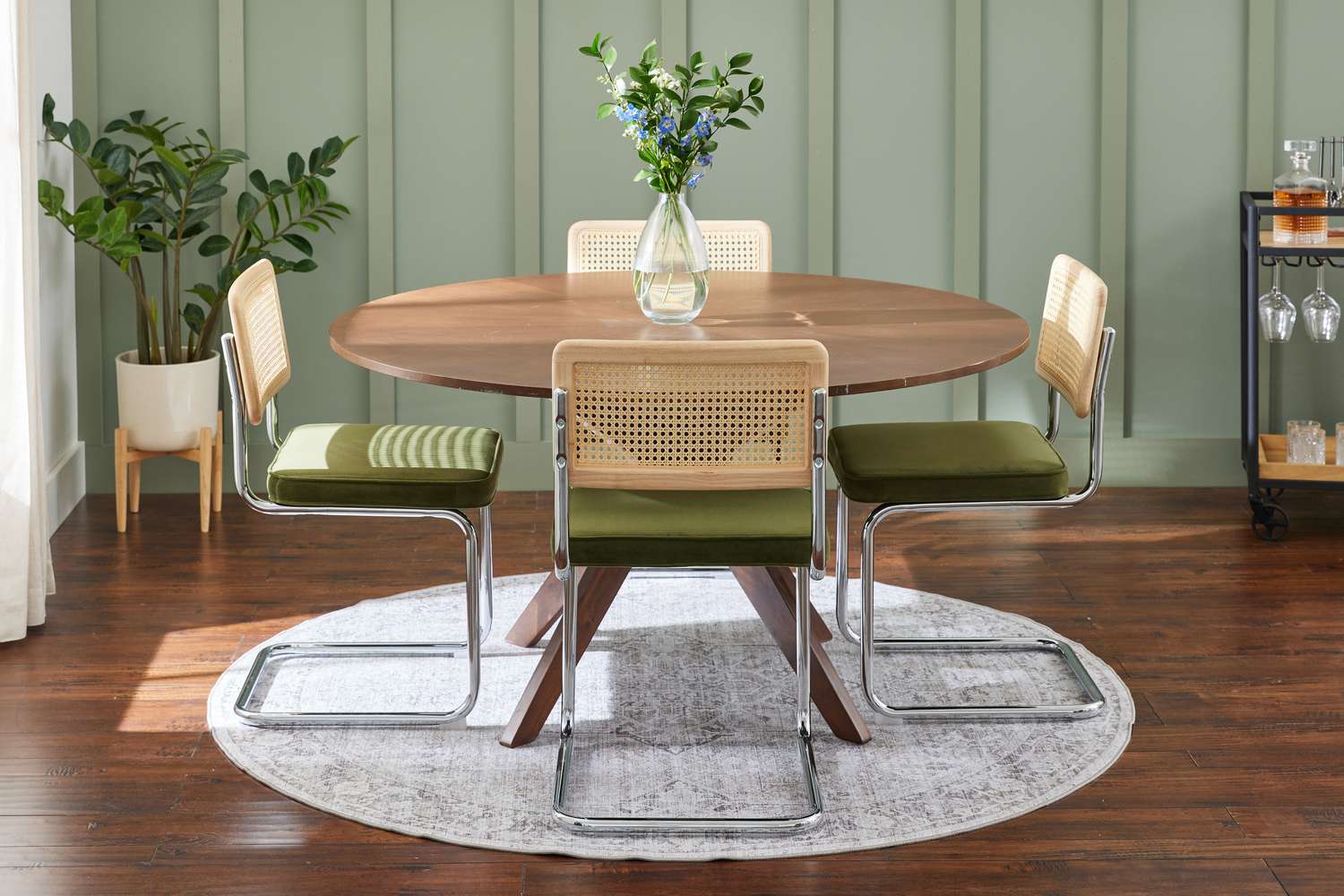
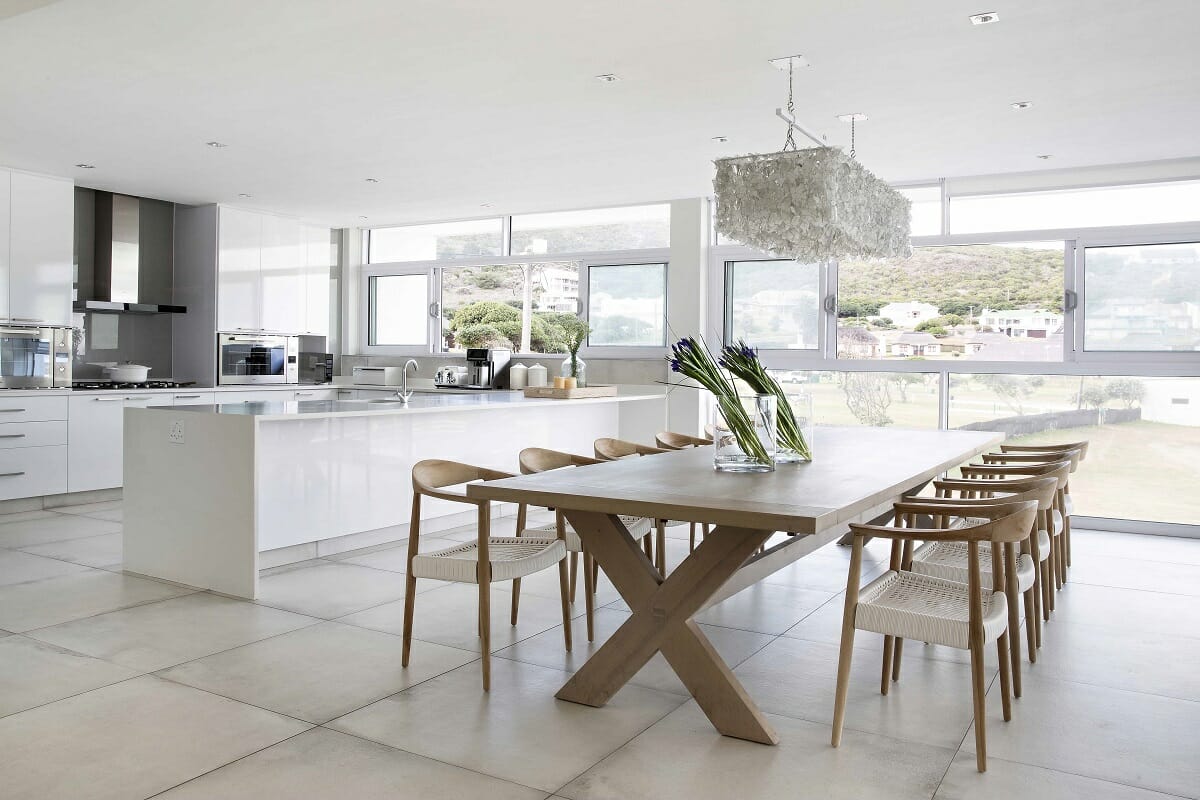
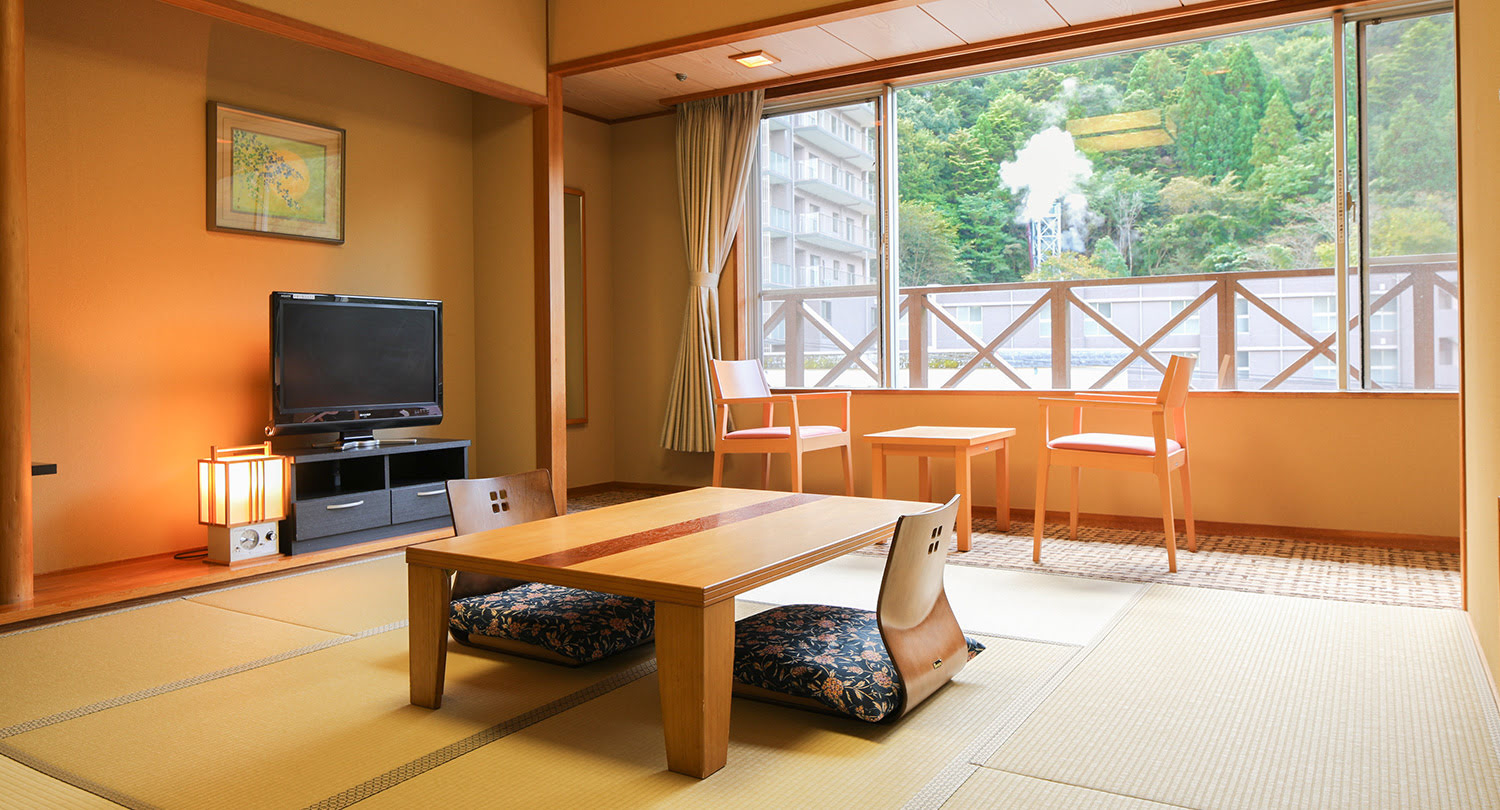
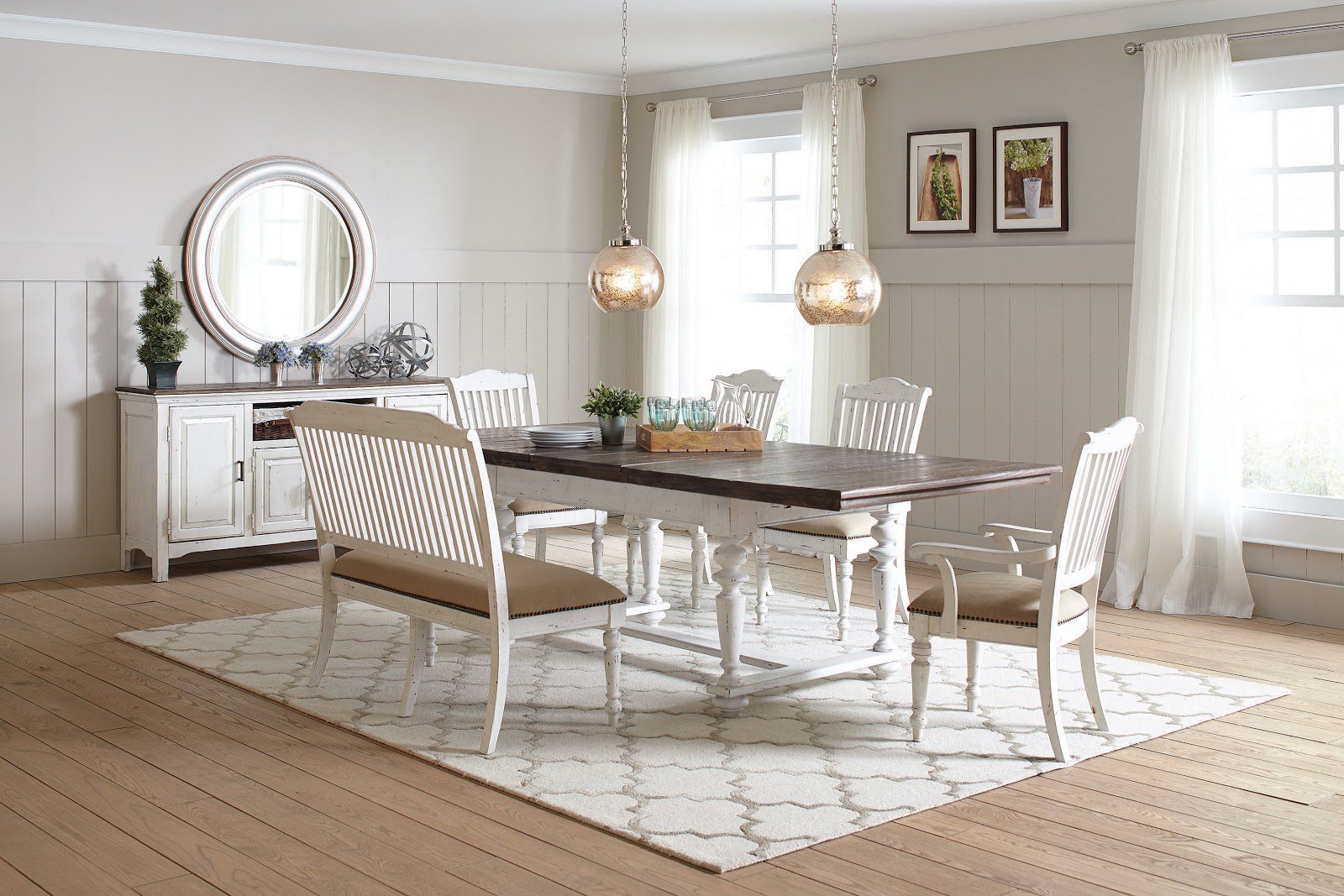
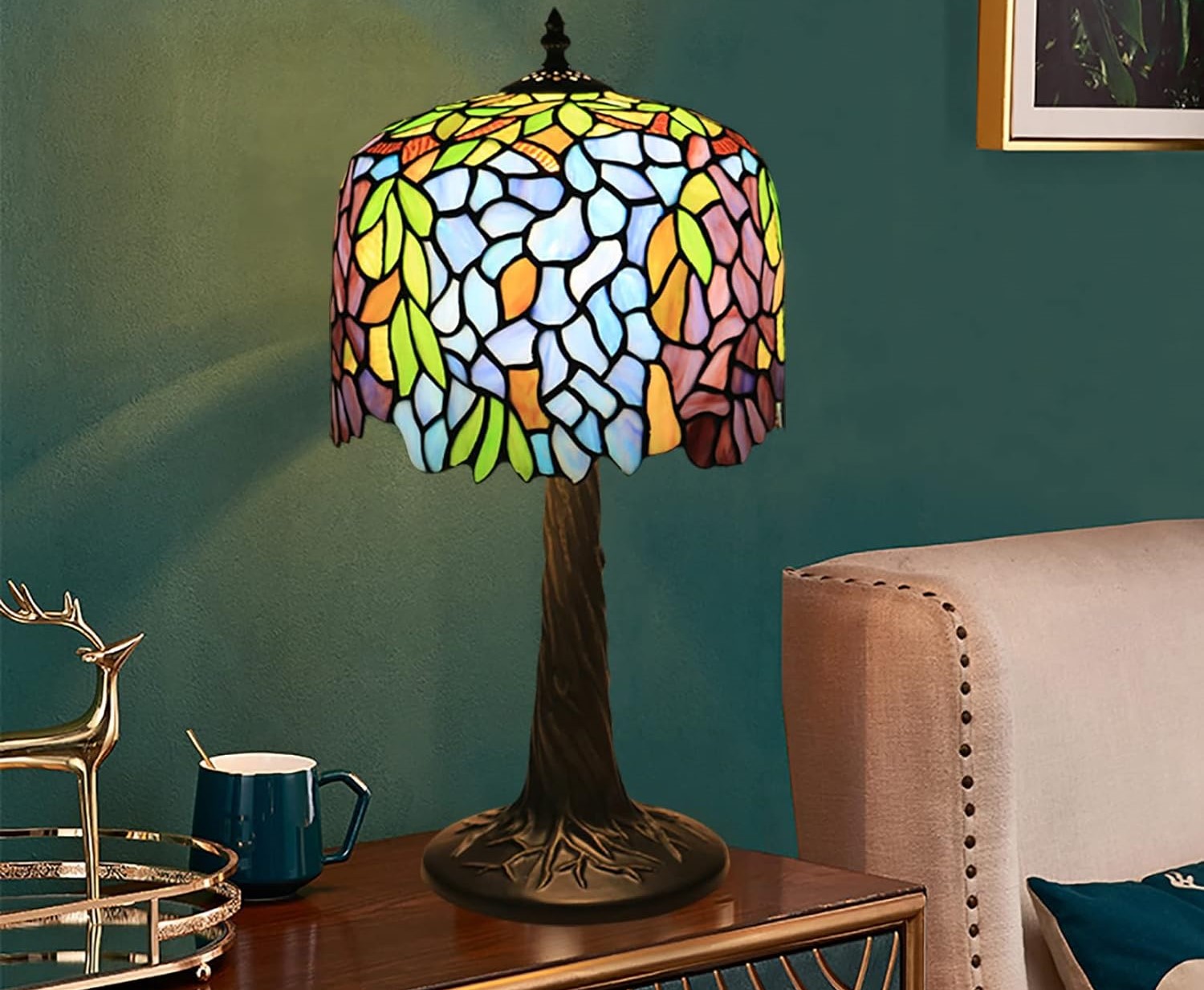
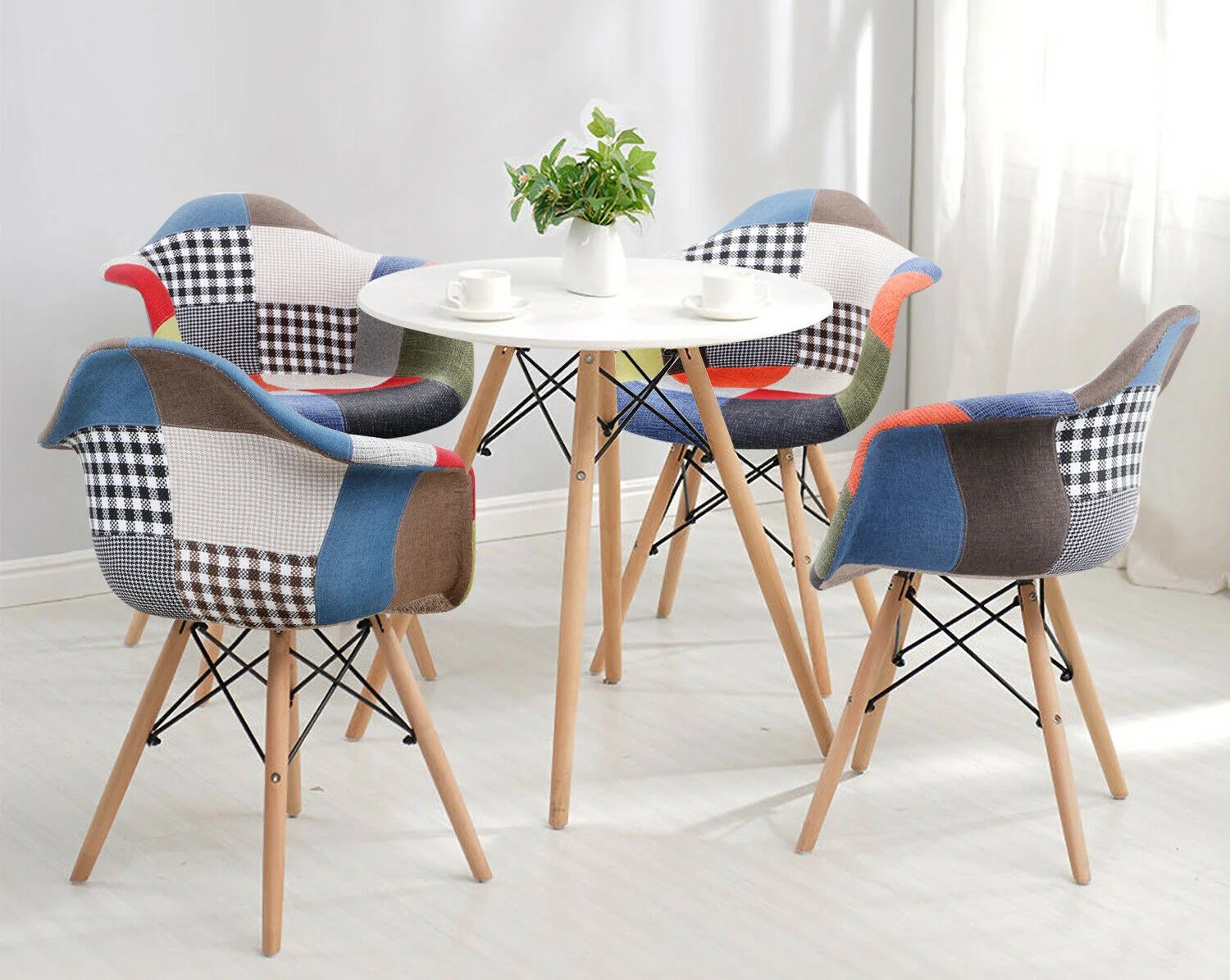
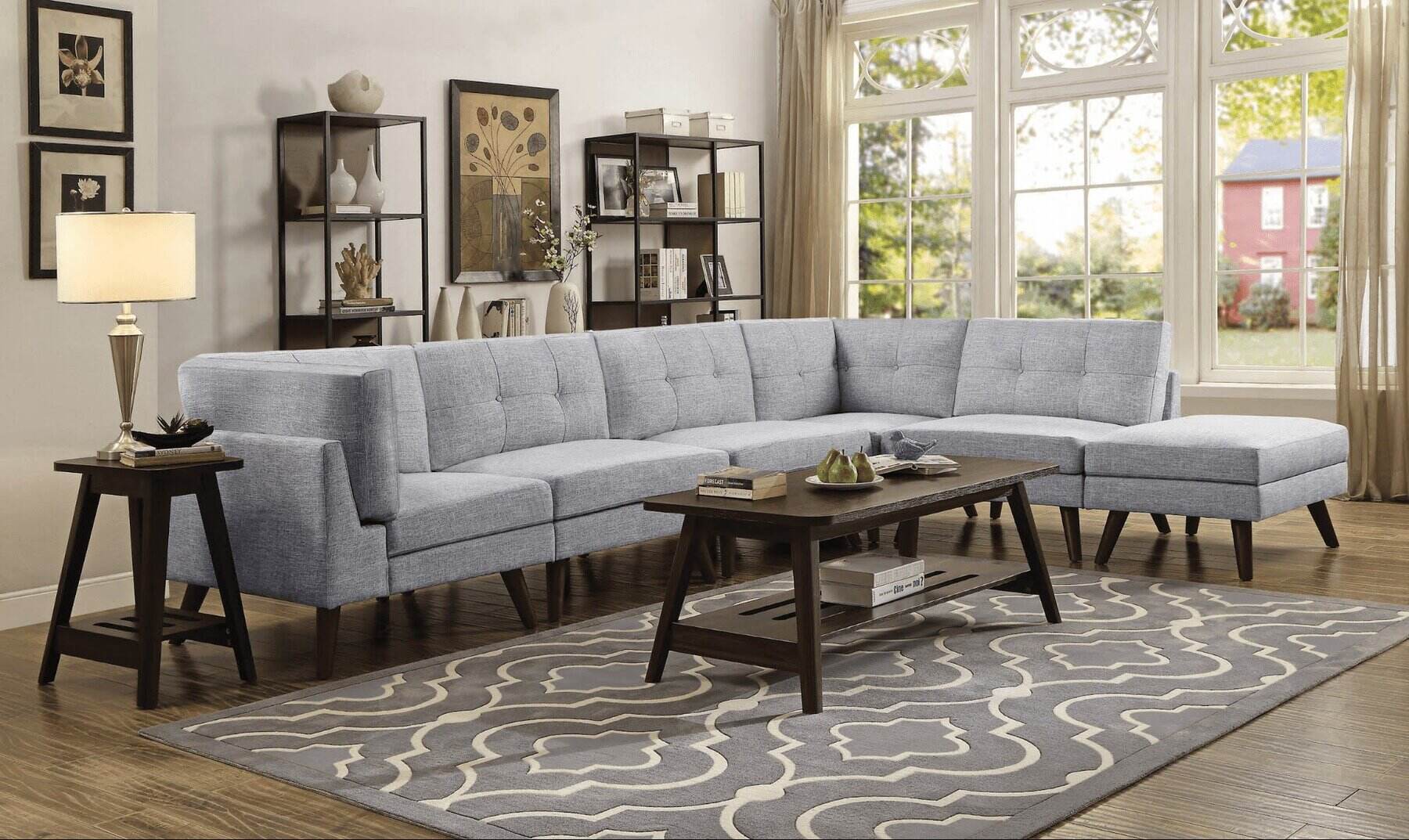
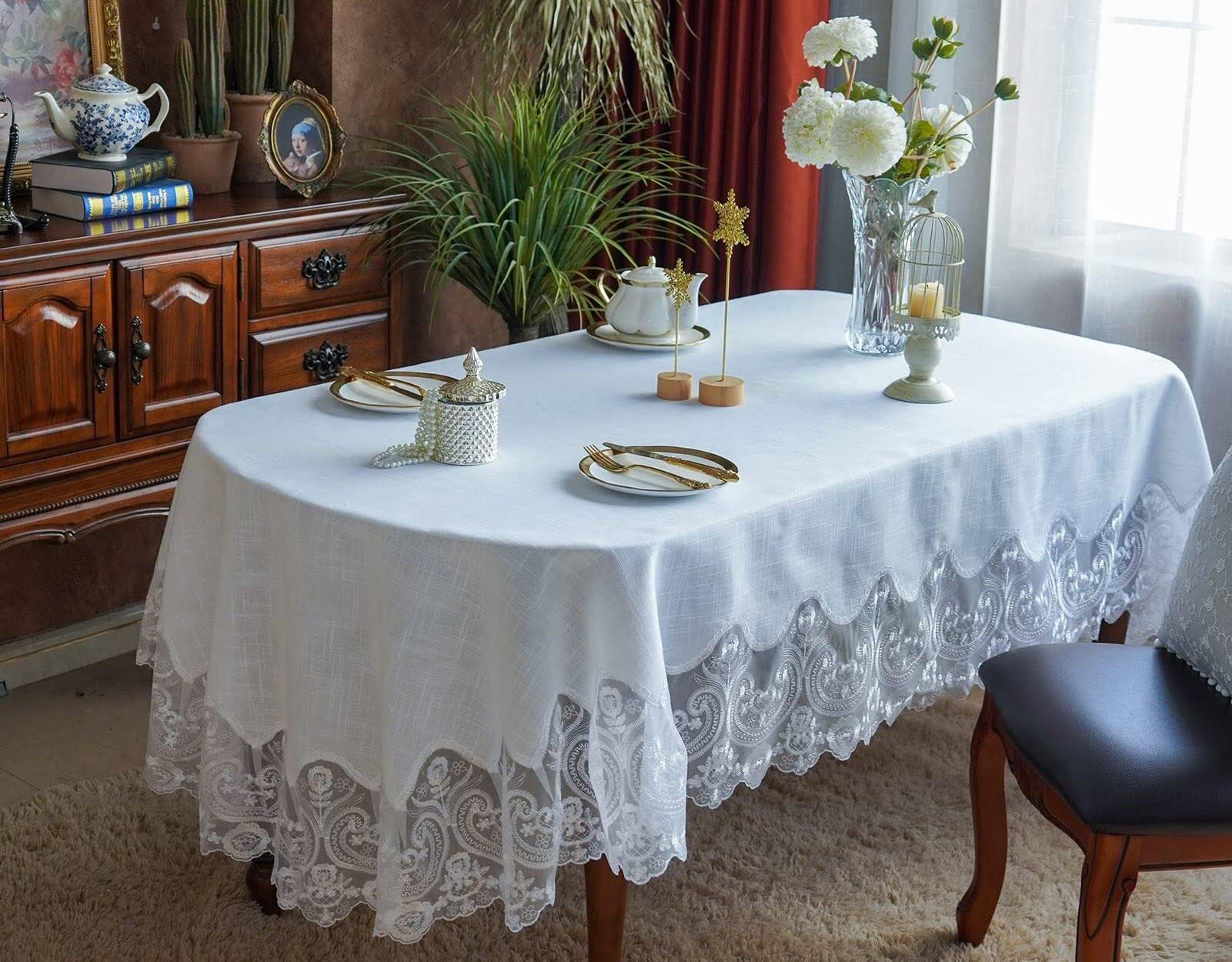

0 thoughts on “What Style Was A Duncan Phyfe Table?”